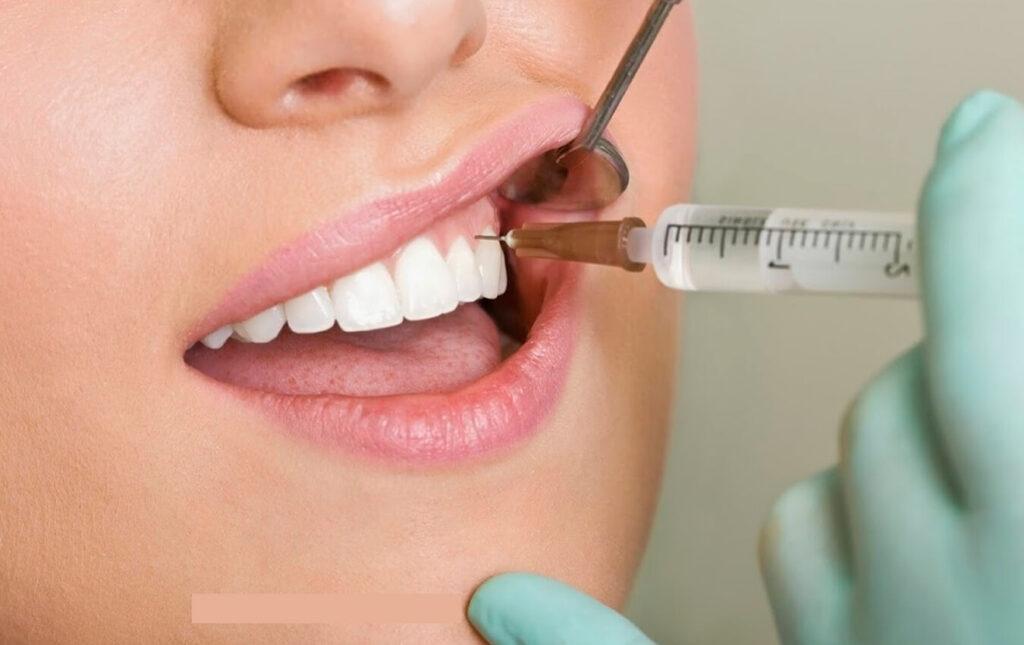
Benefits
- Biopsy helps establish a prognosis in malignant or premalignant lesions;
- It eases the prescription of specific treatment;
- It contributes to the assessment of the efficacy of the treatment.
Who is this procedure for?
Biopsy is used to confirm suspected malignant lesions, precancerous lesions (like leukoplakias or erythroplakias) as well as chronic ulcerations. It is also a histological confirmation of systemic disorders. Oral biopsy is sometimes recommended for inflammatory lesions that do not improve within 2 weeks of removal of local irritants.
Who should not consider the procedure?
Biopsy is not needed in case of
- normal structures;
- traumatic lesions which respond to the removal of a presumed local irritant;
- infectious lesions which respond to specific local treatments, as pericoronitis, gingivitis or periodontal abscesses.
What happens before the procedure?
Before the procedure is done the patient meets with the doctor and is told what medication he or she should stop taking (aspirin and nonsteroidal inflammatory medications that can cause bleeding). The doctor does an evaluation and selects the area to biopsy, which is then disinfected and anaesthetized; regional block local analgesia is used, in order to avoid introducing artifacts in the sample.
What happens during the procedure?
Excisional biopsy is performed on lesions smaller than 1 cm, while biopsies are preferred for larger lesions. The doctor makes an elliptical incision that is parallel to nerves and vases. It produces a “V” section that includes both lesion and healthy edges. The piece of tissue is then placed in a 10% formalin solution and is sent to the pathologist.
What happens after the procedure?
The procedure ends with a suture. This should ease healing, achieve good homeostasis; as well as that, it should be removed within a week. The pathologist analyses the sample and the diagnosis is formulated.
Back to List

